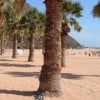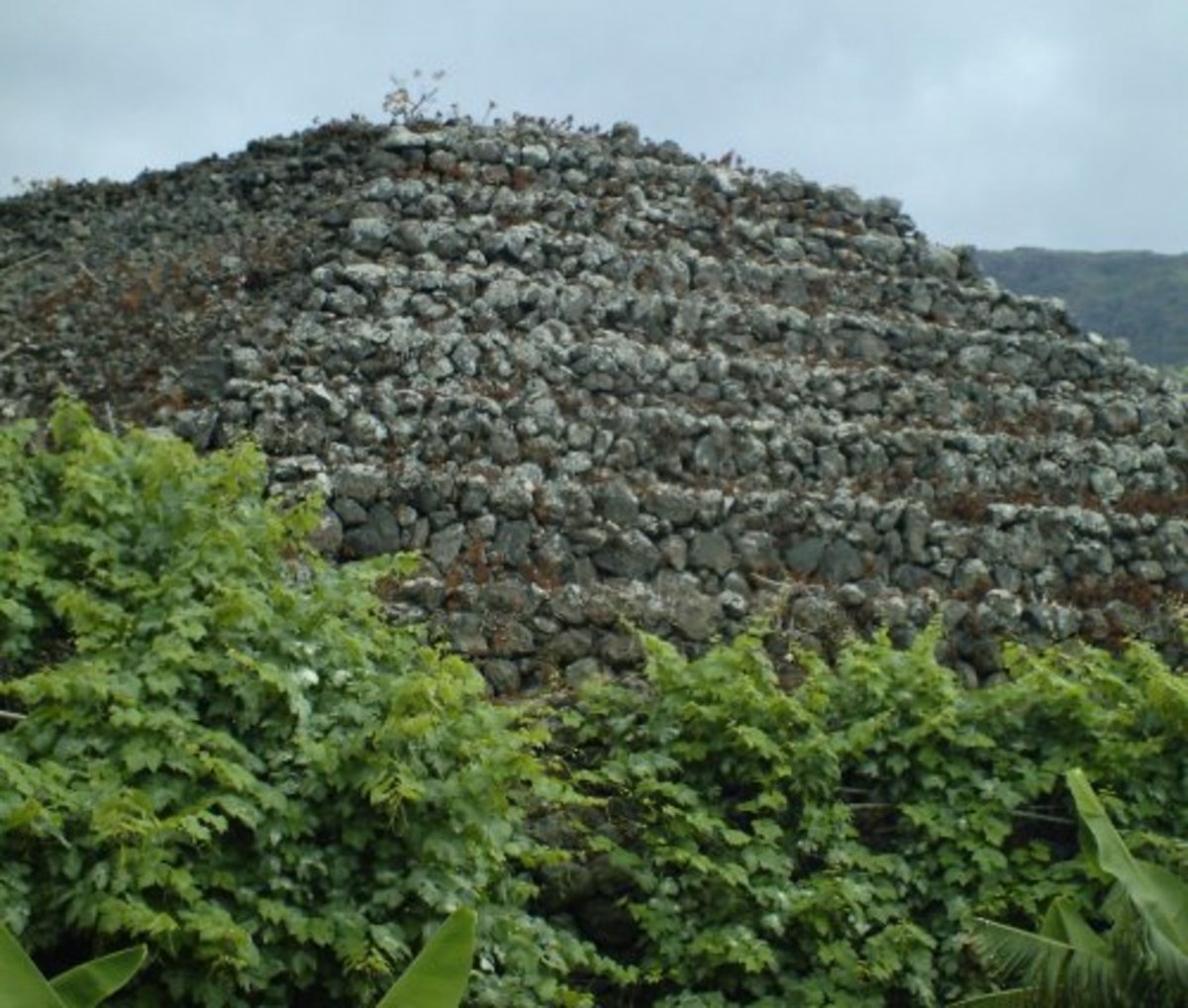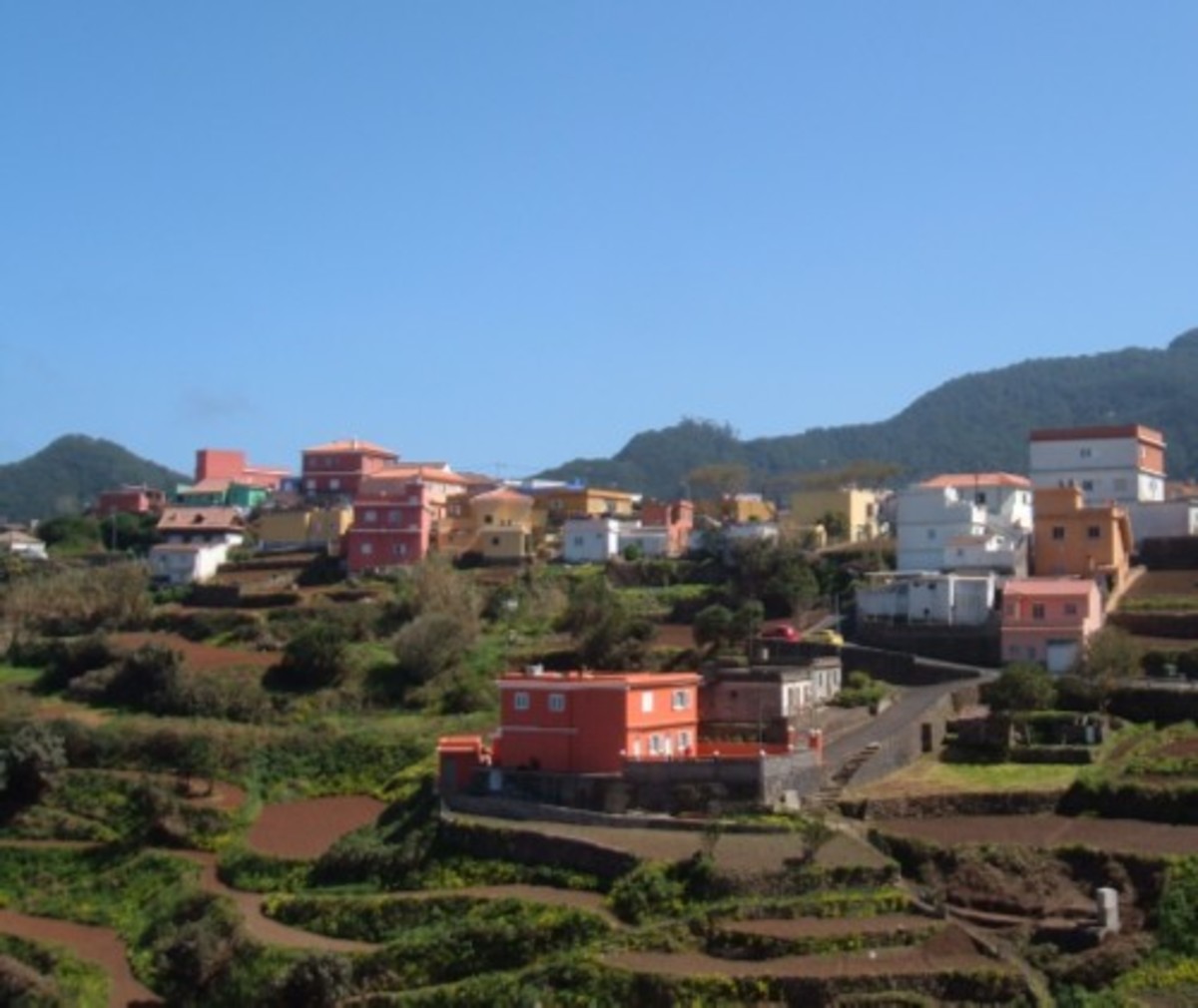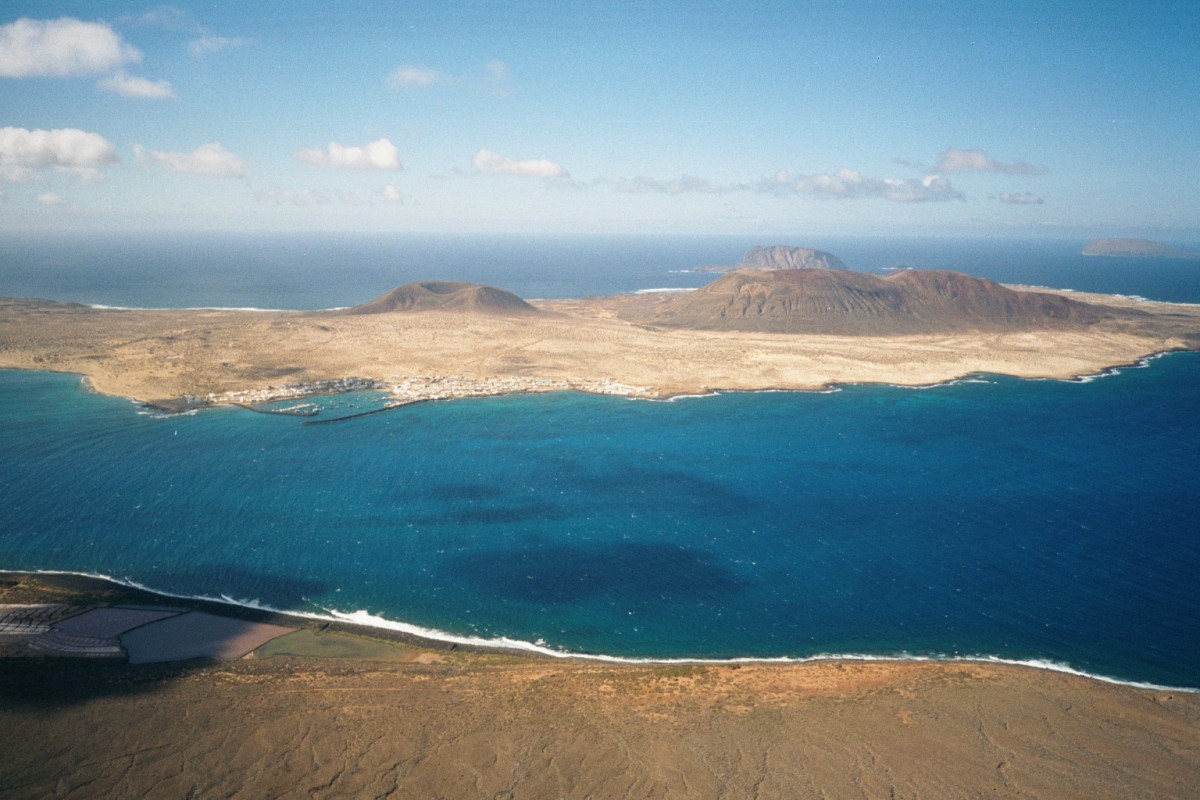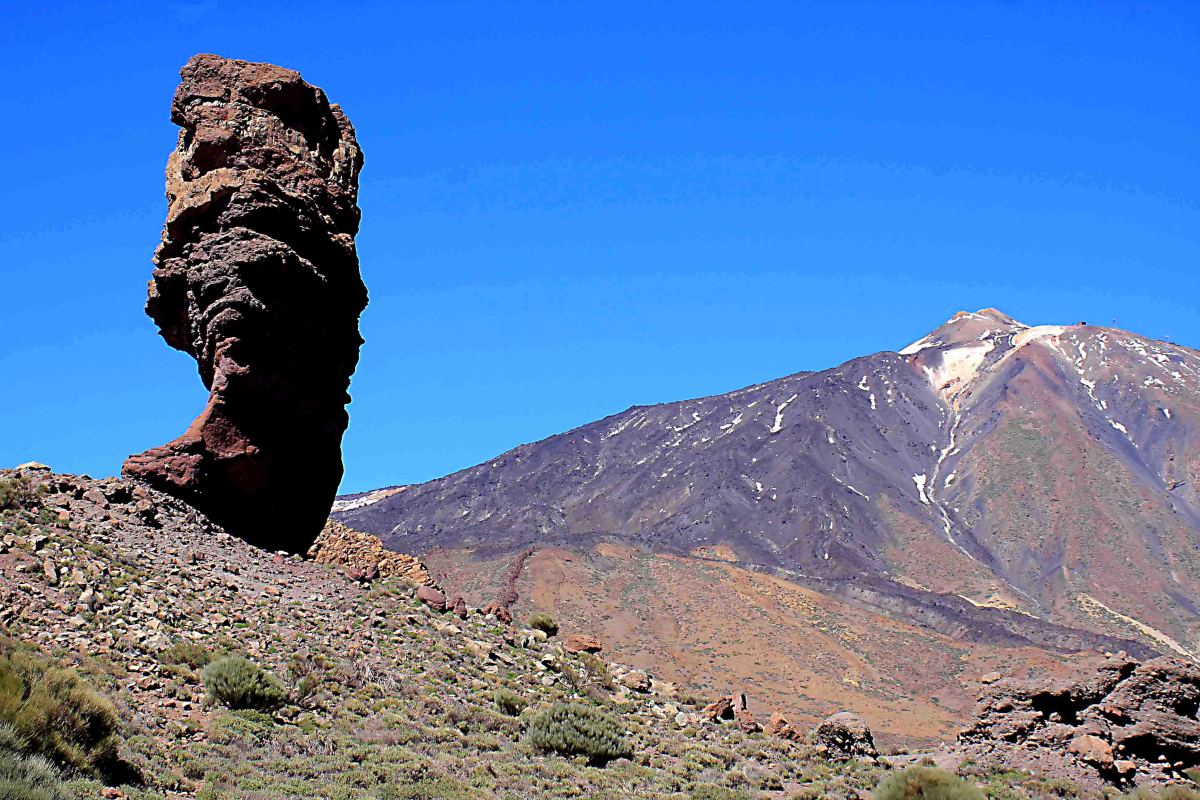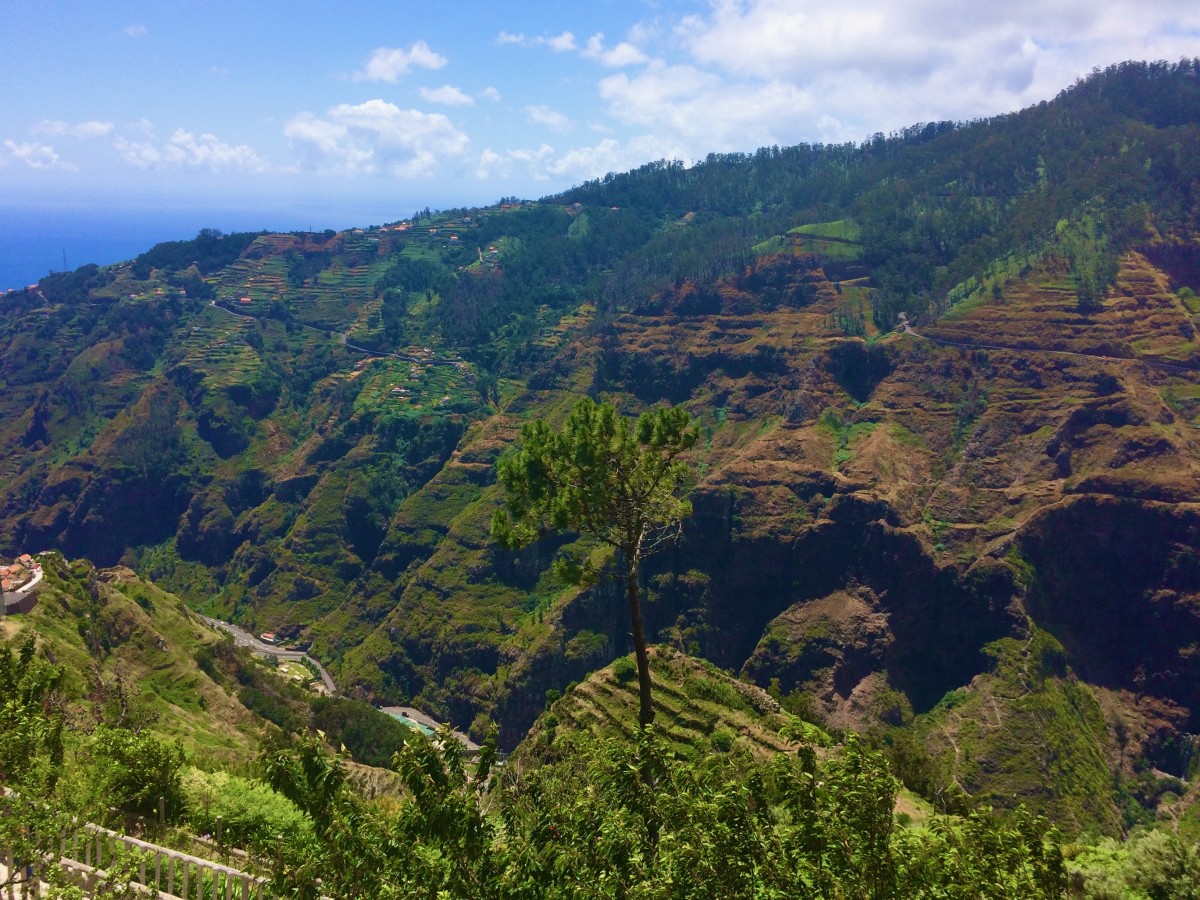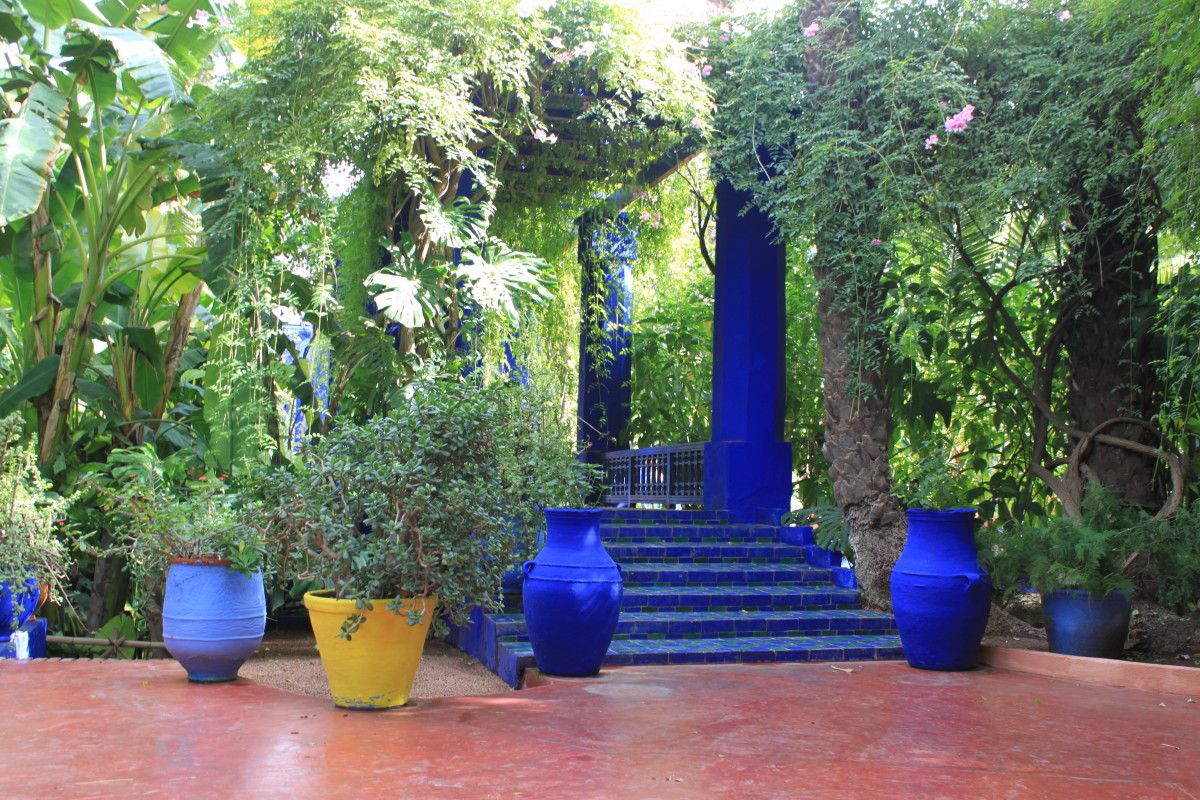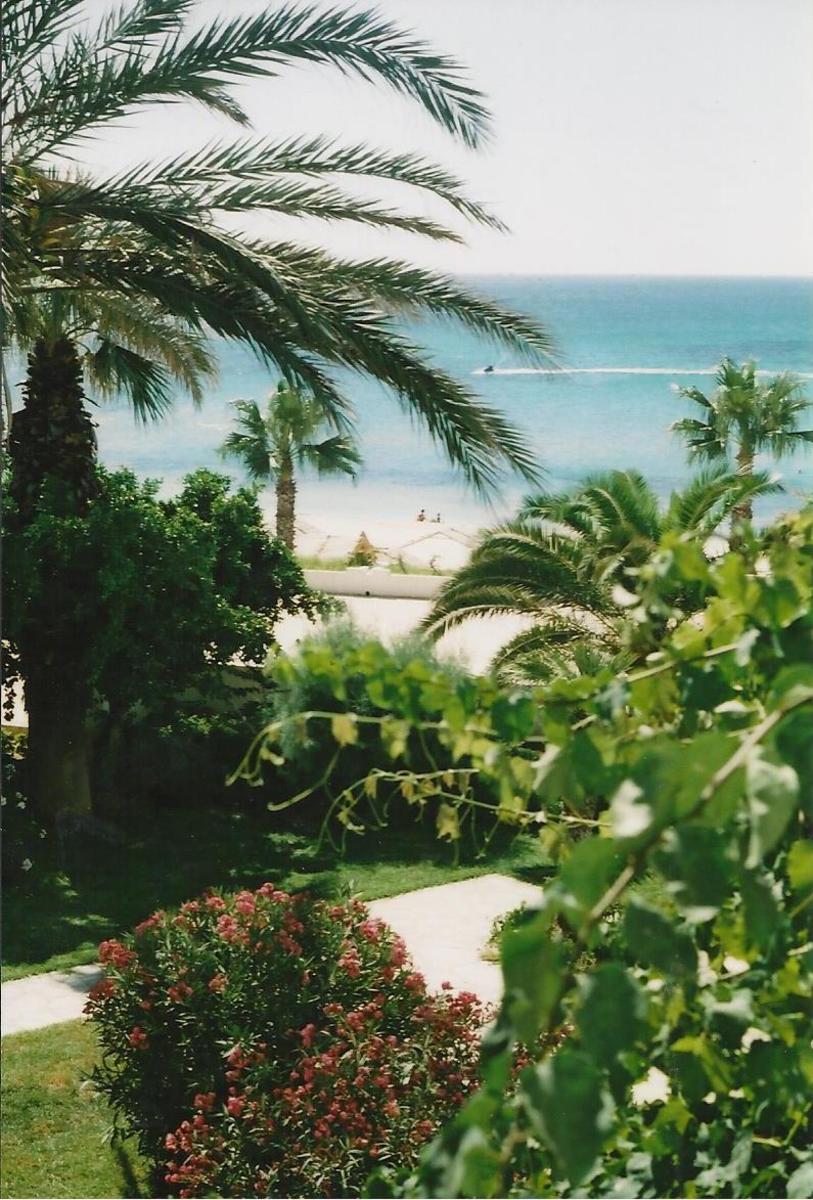- HubPages»
- Travel and Places»
- Visiting Africa»
- Travel to Northern Africa
The Tenerife ravine Barranco de Ruiz is wonderful for walking
View over Barranco de Ruiz
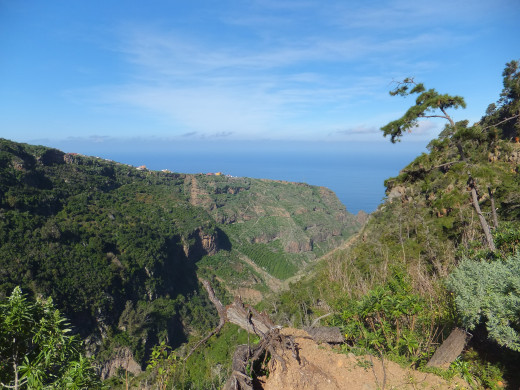
The ravines or barrancos of Tenerife
Tenerife has very many rocky ravines or “barrancos” as they are called on the island. These ravines or gorges often have very steep cliffs above them and pathways up and down them that make wonderful places to walking in.
Barranco de Ruiz is one such ravine that is popular with walkers and offers some amazing views over the coast. It has a unique flora and fauna as well.
Barranco de Ruiz
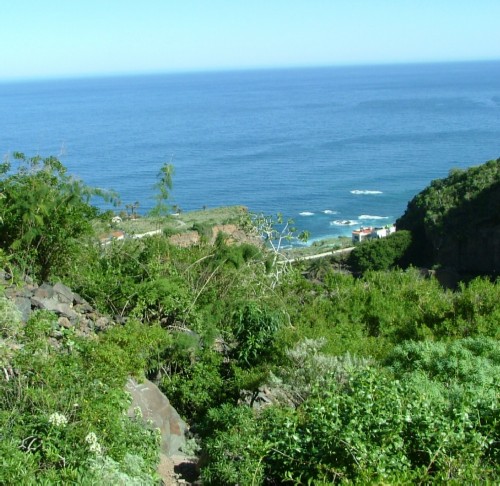
How to get to Barranco de Ruiz
Where is Barranco de Ruiz?
Barranco de Ruiz is in the San Juan de la Rambla area in the northwest of Tenerife, and rises up from the TF5 main road between San Juan de la Rambla and Los Realejos. It is just past the coastal village of Las Aguas and before Tigaiga going in the direction of Puerto de la Cruz and overlooks the coastal strip where the beach Playa de Socorro is located.
There is a bus stop for convenience at the bottom of the barranco and a recreation area with a cafe and bar.
It is possible to park cars in this part. Many people enjoy staying in this area but hikers and climbers can soon find the steps that lead on to the pathway that goes up along one side of the ravine.
At the top of the ravine is the outskirts of the mountain town of Icod el Alto. “Alto” means high in Spanish and distinguishes it from Icod de los Vinos (“Icod of the Wines”).
Some parties of walkers make their way down the path and others climb up it.
Either way you choose the walk is a very rewarding one. There are incredible views down over the coast and across the ravine itself.
The area of Barranco de Ruiz has been designated a Site of Scientific Interest.
Echium giganteum - an endemic species
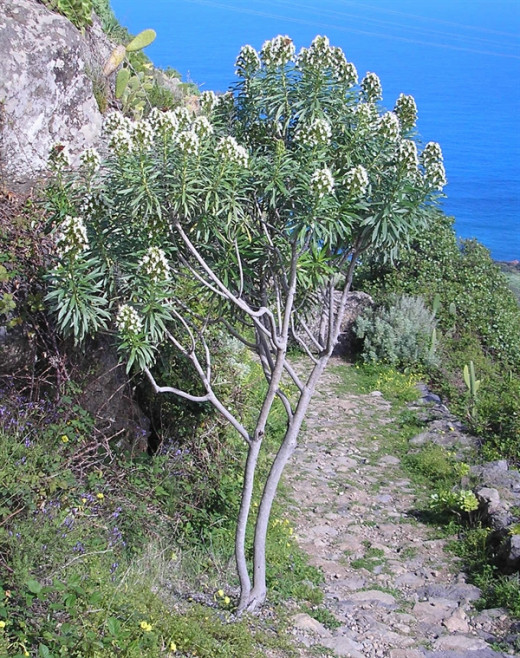
Vanessa vulcania
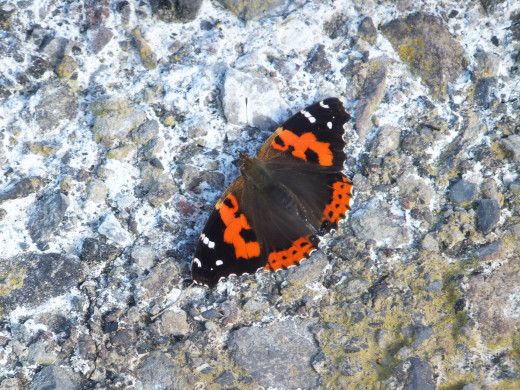
Canary Island Houseleek
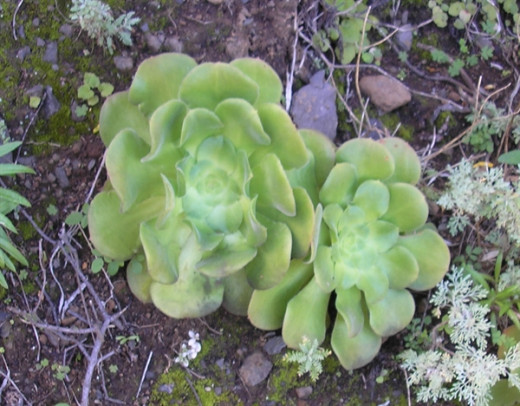
Wild flowers and butterflies of Barranco de Ruiz
There are very many endemic species of wild flower and shrub to be seen growing in Barranco de Ruiz. In spring look out for big clumps and bushes of the giant white bugloss (Echium giganteum). This species has panicles of pretty white flowers.
It is one of many species in the genus Echium (Viper’s bugloss) to be found in Tenerife and the Canary Islands. Another well-known species is the red bugloss (E.wildpretii) which grows high on Mt Teide and is an iconic flower of the island.
Other wild flowers you can expect to find include the white rockrose, known as Jara (Cistus monspeliensis), the asphodel (Asphodelus aestivus) and the Canary Island lavender (Lavandula canarienis).
After a wet winter you can expect to see some very large rosettes of the houseleek (Aeonium canariense). This succulent grows on the banks of the pathway and amongst rocks.
Flowers attract butterflies and the Canary red admiral (Vanessa vulcania) can often be seen flying here and feeding from the white flowers of Echium giganteum in the flowering season. Look out too for the painted lady (Cynthia cardui) and the small white (Pieris rapae).
The Canary red admiral is very similar to the red admiral (V.atalanta) but smaller in size. Its caterpillars also feed on species of nettle (Urtica).
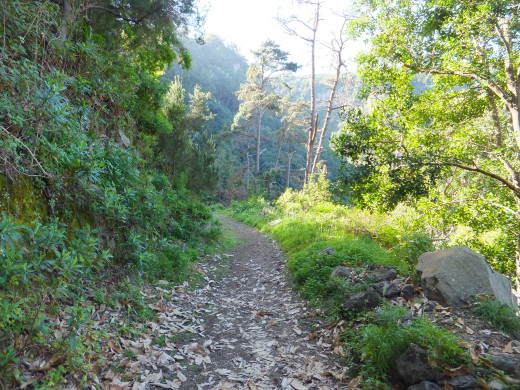
The other side of Barranco de Ruiz
On the other side of the ravine is a path that leads through some much cooler and shadier areas where trees and woodland plants grow. It is very different to the much hotter and drier opposite side of Barranco de Ruiz, and has some surviving patches of evergreen laurel forest.
There are some caves in the countryside on this side of Barranco de Ruiz too.
It is also possible to head on up through Icod el Alto and after passing the Mirador El Lance to descend down a pathway to the village of Tigaiga.
The choice is yours but Barranco de Ruiz is well worth visiting whatever you decide to do.
Senderos de Tenerife/Barranco de Ruíz-Las Aguas
© 2014 Steve Andrews
